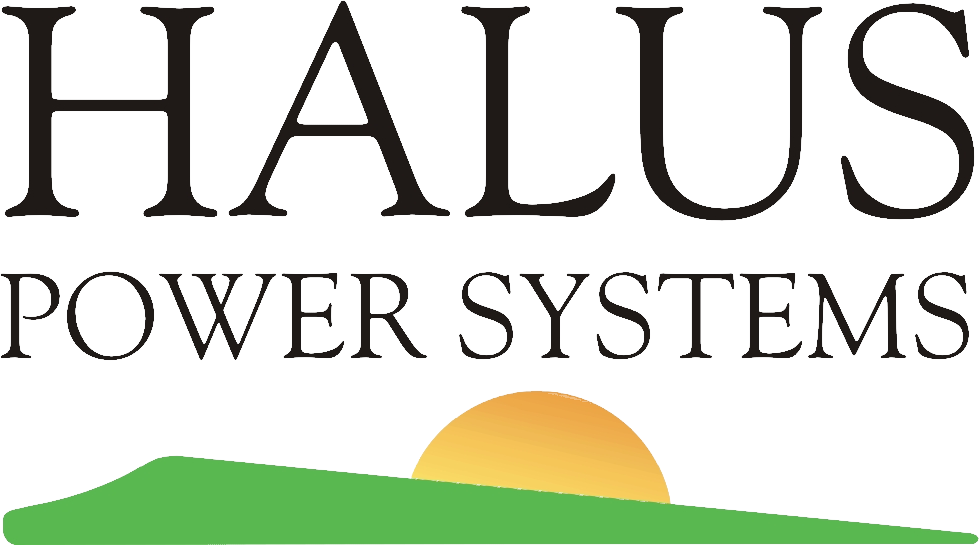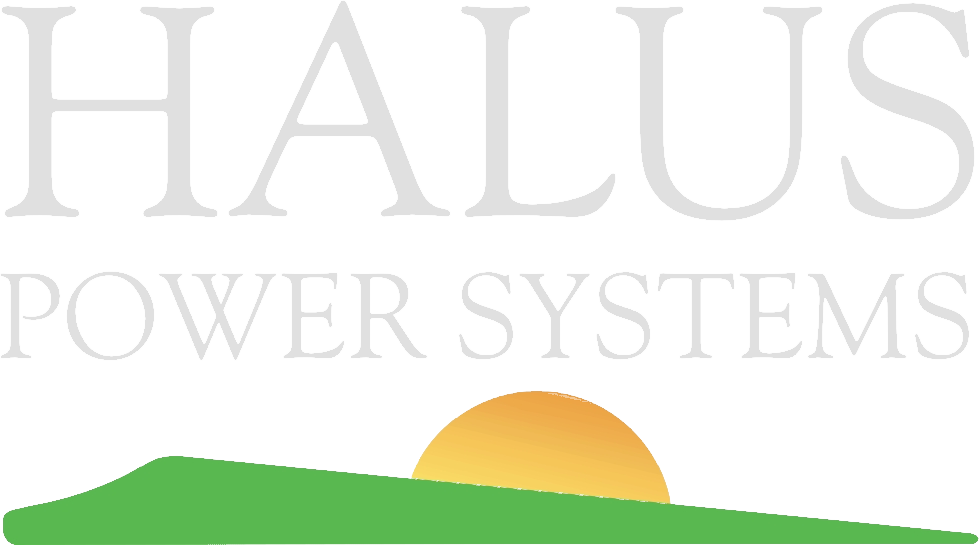Renewable Energy Basics
 Wind and solar electricity systems
both produce electricity without pollution but each have some
specific characteristics.
Wind and solar electricity systems
both produce electricity without pollution but each have some
specific characteristics.
There are many advantages to harnessing wind energy that blows over a suitable property. As the lowest cost renewable technology, it is possible for a property owner on a suitable site to generate thousands of dollars per year per wind turbine in revenues. Revenues and other financial benefits from wind turbines come from various sources such as selling wind electricity to a local utility, claiming renewable energy tax credits, and offsetting electricity that would otherwise need to be purchased. For net-metering projects there will be a reduction or elimination of electricity bills. Wind energy, in recent years, has even become cost-competitive with conventional power like hydro, nuclear, coal and gas.
Solar electricity, while more expensive than wind per kWh generated, has some unique advantages. Solar panels require very little space, and for residential single family home properties, this may be an ideal choice. Also, there is no need for lengthy resource assessment studies as is sometimes the case with wind projects.
Generating green energy will avoid the negative effects (environmental and otherwise) of conventional electricity production. Renewable energy such as wind and solar power does NOT produce harmful emissions, contribute to global warming, flood land, produce radioactive waste; nor is it sensitive to international wars or politics.
U.S. electricity generation is quite polluting and harmful to our planet. The overall national breakdown of how our electricity is generated (often referred to as an 'energy mix') is as follows:
- 37% Coal
- 30% Natural Gas
- 19% Nuclear
- 7% Hydropower
- 5% Renewable
- 3.46% Wind
- 1.42% Biomass
- 0.41% Geothermal
- 0.11% Solar
- 1% Petroleum
- less than 1% Other Gases
Unfortunately, coal is not only the most widely used source but also the most polluting. Less than half the energy in coal gets converted to electricity. The rest becomes pollution or waste. While hydro power is arguably not as damaging as coal, it still has negative effects like flooding land and harming fish. Additionally, most large hydro dams that can be built in America have already been built, so as electricity need increases, additional solutions are needed. With the environmental and cost advantages that renewable energy can bring to the right location, it becomes an obvious choice for many projects.
Renewable Energy Links
Main Pages
Copyright 2014 - Halus Power Systems

